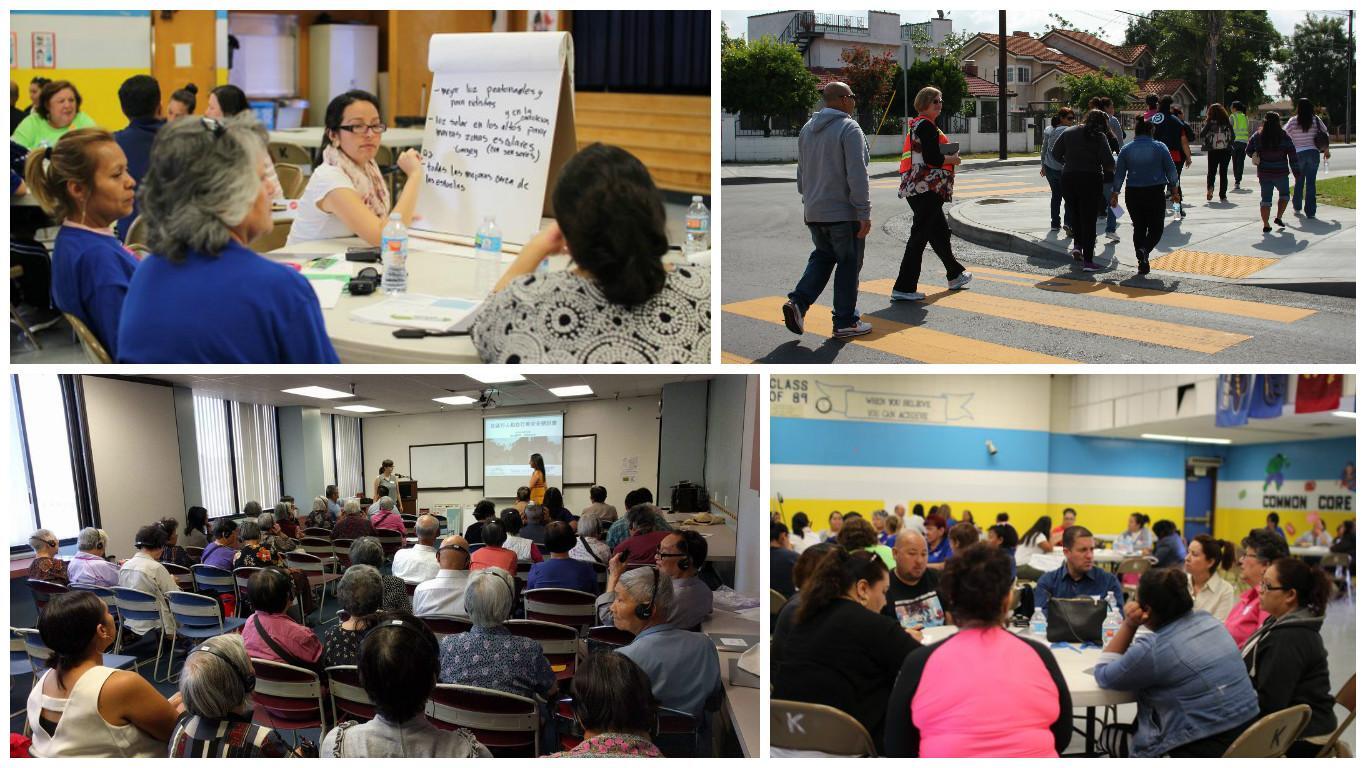- « first View: Taxonomy term
- ‹ previous View: Taxonomy term
- …
- 18 of 30 View: Taxonomy term
- 19 of 30 View: Taxonomy term
- 20 of 30 View: Taxonomy term
- 21 of 30 View: Taxonomy term
- 22 of 30 View: Taxonomy term (Current page)
- 23 of 30 View: Taxonomy term
- 24 of 30 View: Taxonomy term
- 25 of 30 View: Taxonomy term
- 26 of 30 View: Taxonomy term
- …
- next › View: Taxonomy term
- last » View: Taxonomy term


 The National Highway Traffic Safety Administration (NHTSA) reports that nationwide in...
The National Highway Traffic Safety Administration (NHTSA) reports that nationwide in...


